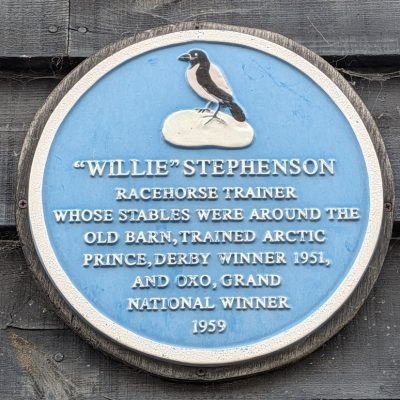Search by topic
- archaeology
- Building of Local Interest
- chapel
- charity
- church
- crime
- dressmaker
- fire
- Great Eastern Railway
- Listed building
- Mapping Relief
- medieval
- oral history
- poverty
- Public House
- Religious House
- Roman
- scholar
- school
- Then and Now
- tudor
- women
- work
- world war one
- world war two
Search by text
Regional Seat of Government / Cambridge Nuclear Bunker
History of Cambridge Nuclear Bunker
Pevsner writes (Cambridgeshire, 2014, p. 330):
The ‘war room’ of the early 1950s was enlarged about ten years later as one of the nine Regional Seats of Government of the H-bomb era. Of this time the E flank with its big concrete hoods, identified by English Heritage as the only instance of aestheticized construction at a British nuclear bunker, and disturbingly reminiscent of some of the rougher corners of Churchill College. In may invite speculation on how far the entire Brutalist aesthetic drew on Cold War anxieties.
HISTORY: With the Regional Seat of Government at Chalfont Drive, Nottingham, this is one of only two purpose-built Regional Seats of Government built during the early 1960s: more than Nottingham, it clearly expresses its grim function through its Brutalist architectural treatment. It is thus a unique example in Britain of a structure designed to operate in a post-nuclear attack environment where strong architectural consideration has been given to the outward appearance. An integral part of this structure is the earlier 1950s War Room. This juxtaposition symbolises the change of government planning from a relatively small regional centre to counter the devastation caused by an Atomic bomb, to a far larger structure needed to house staff who were to control the region after the country had been attacked with Hydrogen bombs. These structures were designed to counter the effects of nuclear weapons and represented a new type of architecture in Britain. Their form, with a central operations room surrounded by control cabins, supported by communications rooms, air conditioning plant and emergency generators, was designed for this one purpose.
Contribute
Do you have any information about the people or places in this article? If so, then please let us know using the Contact page or by emailing capturingcambridge@
License
This work is licensed under CC BY-NC-SA 4.0






